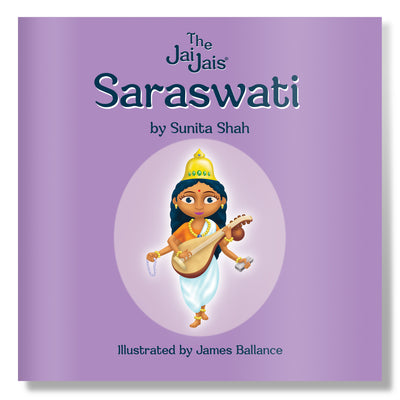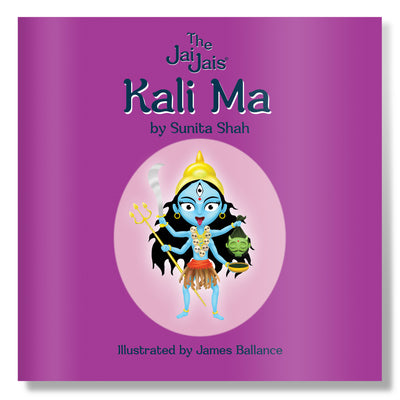I grew up in a bilingual family and was exposed to Gujarati and English from birth, I learnt to speak Hindi watching films and trips to India. I have very basic knowledge of French, Spanish, Arabic, Urdu and Punjabi, which has been learnt through school, and families I have worked with.
I have two boys…. English is the dominant language at home, although we always use a few Gujarati words. My children hear Gujarati spoken when I am interacting with friends and family. The oldest that is 5 years old understands a few phrases and is now beginning to speak a few phrases. This is to my total embarrassment as I have been a practicing Speech and Language Therapist for 18 years and 15 years of my practice I has specialised in working with bilingual children and families and developing Early Years Settings, Schools and Speech and Language Departments nationally to encourage children to develop more than one language. How services should support and identify bilingual children who have learning needs or underlying communication difficulties. I have been the Chair of the London Clinical Excellence network for a number of years and also the National Advisor for the Royal College of Speech and Language Therapist in Bilingualism.
Background
Did you know 75% of the world is bilingual? And there are over 6,000 living languages in the world. In London Schools over 200 languages are spoken.
Do you speak another language? How did you learn the languages you speak? Was it from birth? Is it the school you went to? Or a country that you lived in? How fluent are you in the language/s you speak? Do you children speak and understand the language/s as you?- wow lots of questions….
BILINGUALISM – A simple word yet such a complex term.
- How would you define bilingualism?
- The level at which they understand language?
- The proficiency of the language spoken?
- Should this extend beyond oral language reading/writing?
- Is it dependent on the frequency/context of language use?
How do children learn an additional language?
Many families disregard teaching their children an additional language, thinking it will confuse them…. THIS IS THE TOTAL OPPOSITE! Bilingualism has sooooooo many ADVANTAGES to the cognitive and language system which we will explore later.
So how do children develop another language? Well if you think about it an Elephant will ALWAYS be ‘big, grey with a tusk and trunk’ no matter what language you speak, you are not changing it into a tiger!, we have to always remember that children will bring their knowledge and experiences as a joint system when developing languages. An elephant will always be the same, so when a child is learning more than one language they are not learning two features just one… the only thing is in English we call it “Elephant” and in Gujarati for example it’s a “Hathi”. There is always a common underlying proficiency, (Work of Jim Cummins 1984:2001).
STAGE 1: Words
Initially the child develops an understanding of words e.g. 'chair' (= 'sit on it'). Then they develop a name 'label' (vocabulary), which might include names of objects from all the languages the child hears
STAGE 2: Sentences
When making sentences, children use rules to help them put the words together. The bilingual child initially only has one set of rules. Your child may mix rules from both languages or use the rules from the language he/she hears most. This stage makes the child's sentences sound incorrect or confused
STAGE 3: Competency
Develops when the child separates the vocabularies and rule systems for the two languages. The child may also mix the two languages in one sentence, this mixing is a normal and acceptable feature in bilingual language development.
Volterra/Taeschner 1978
Advantages of Bilingualism
There are many advantages to being bilingual… here are a few- Bilingual children have found to have a higher IQ
- Increases academic potential
- Have increased self esteem
- Think more creatively
- Find it easier to learn other languages
- Bilingual children have better reading abilities
- Communicate with a range of people
- Job Opportunities
- More empathetic
I think one of the priceless and most precious things that being bilingual has given me is the ability to communicate with the elder generation… it’s been magical being able to communicate in the same language as my grandparents listening attentively and learning so much about their past, their experiences, and life teachings. Something I treasure immensely.
Top tips to bilingualism
- It is important that you continue to use all languages introduced to the child.
- Do not be concerned about mixing different languages in one sentence. This is natural for a bilingual speaker.
- The focus should be helping the child feel successful in giving and receiving a message. Continue speaking your chosen language/s to your child even if he or she speaks back to you in a different language. If the child responds the message has been understood.
- Use short phrases with lots of gesture and facial expression, as well as expression in your voice. This will help the child understand the meaning behind the words.
- Do not tell your child “answer in XXX Language”, this puts additional pressure on the child to communicate and the child may develop anxiety or refuse to communicate.
- Do not only use one language, its natural for bilinguals to switch between languages, be as natural as possible with your communications.
- Avoid one language one environment, one language one person scenarios. Communication should be free and natural for it to give the child consistent model in the home environment to learn.
- Remember it’s All about exposure to the language if you do not speak the languages in the household they child may have exposure from grandparents.
- Encourage your child’s attempts to communicate in either language, giving lots of praise.
- Use nursery rhymes and stories from any culture/language.
Useful links
- www.tlc-speechtherapy.co.uk
- www.londonsigbilingualism.co.uk
- www.ican.org.uk
- www.naldic.org.uk
- www.thecommunicationtrust.org.uk












